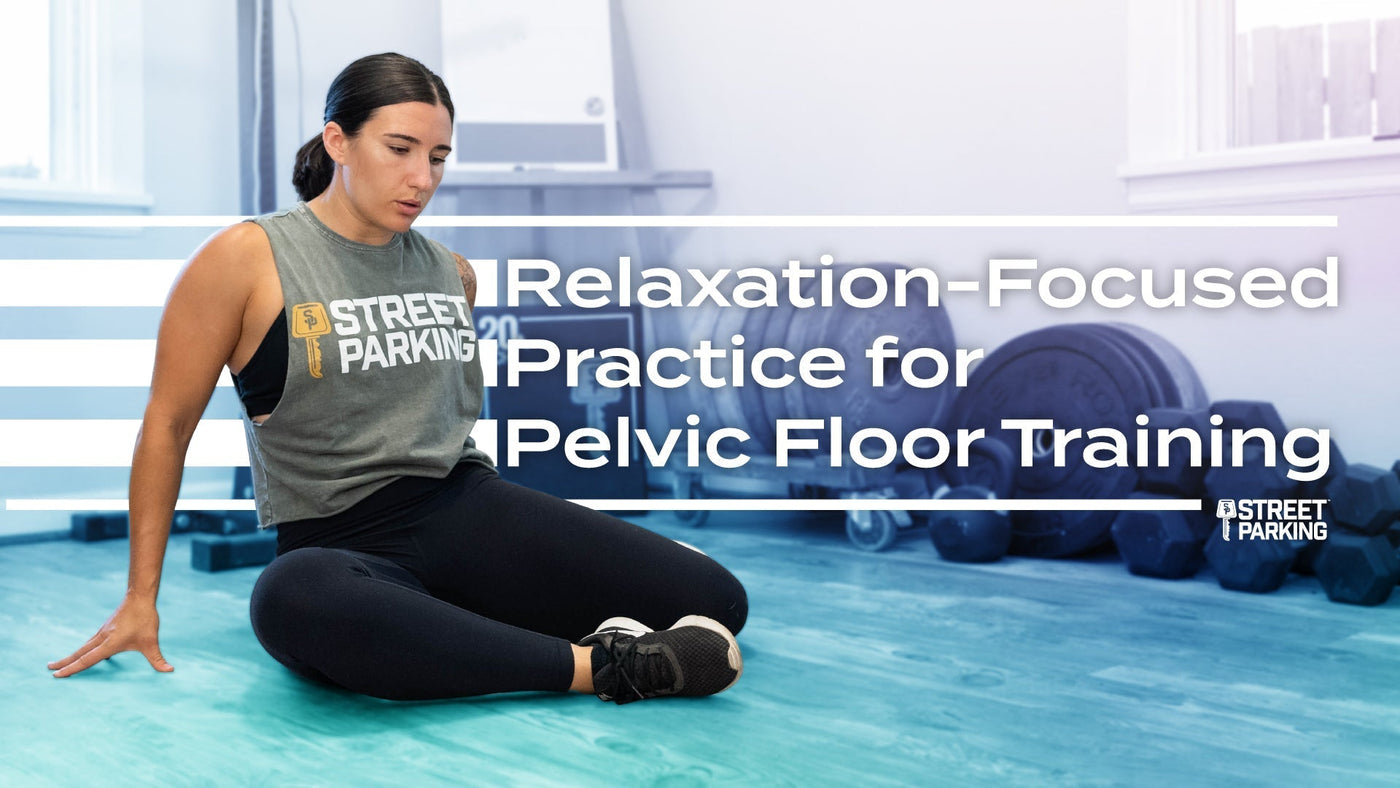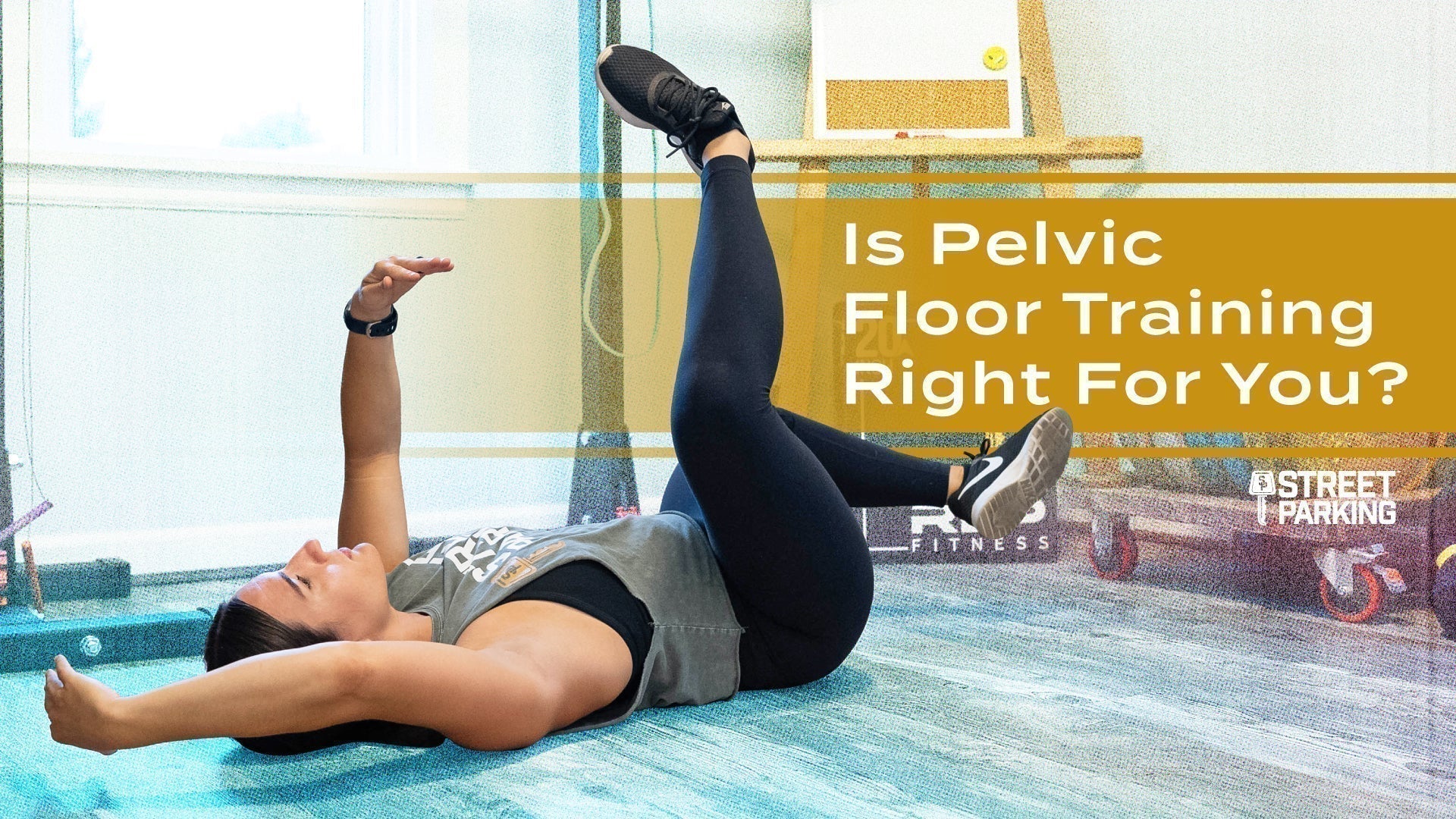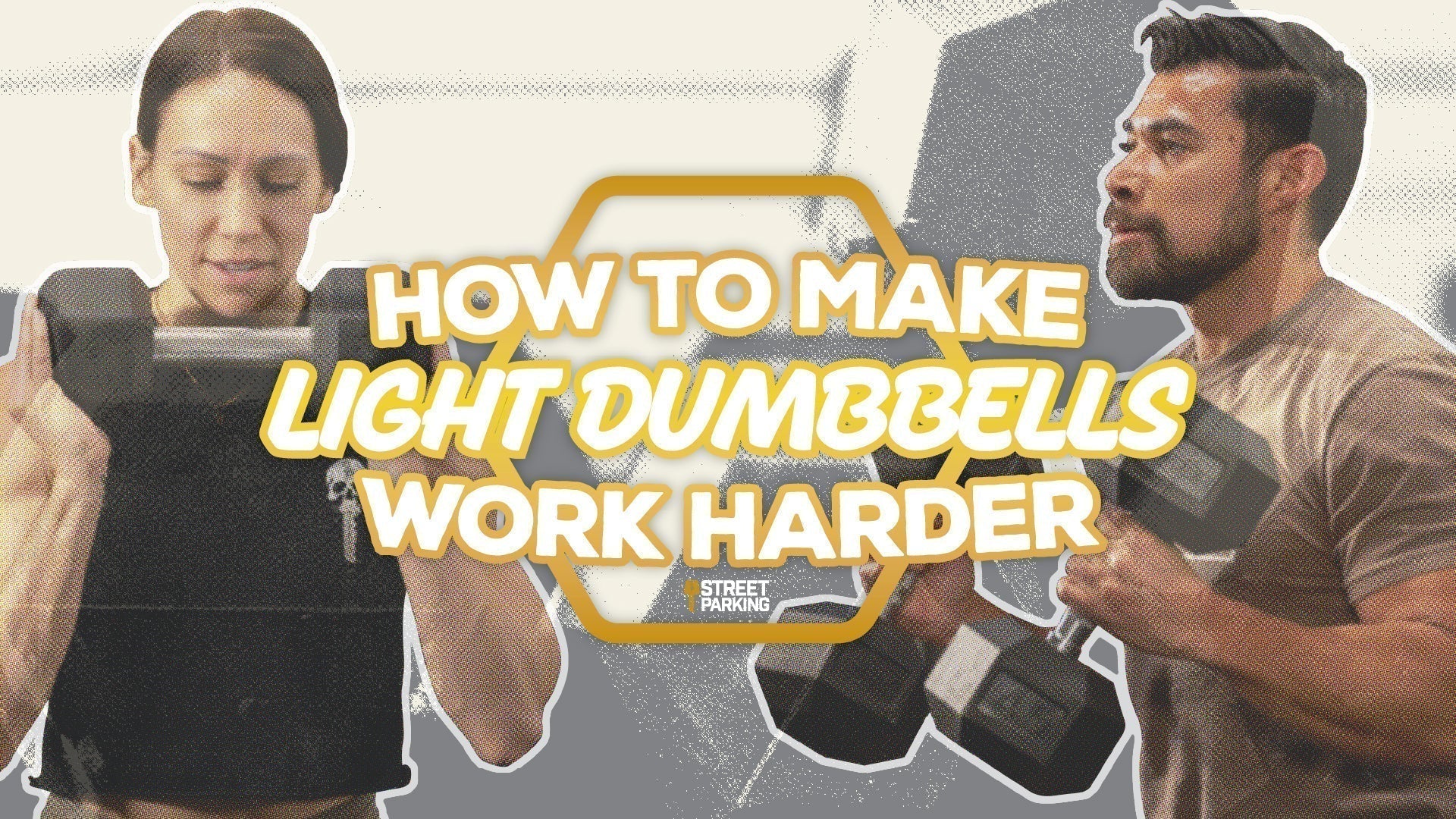
Created for Street Parking by SP Pregnancy and Postpartum Partner and Board-Certified Pelvic Health Physical Therapist, Dr. Terri Robertson Elder @terri.elder.dpt.
When Relaxation Comes First
If you're experiencing pelvic pain, chronic constipation, or difficulty "letting go" of pelvic floor tension, you'll want to start here instead of jumping into strength work. This practice helps your pelvic floor—and your nervous system—learn to release and relax.
Think of it this way: a muscle that's already contracted can't contract as effectively. Sometimes we need to learn to let go before we can build strength.
This practice is recommended if you:
- Know or suspect you have an overactive pelvic floor
- Experience chronic constipation
- Have urinary urgency/frequency
- Deal with persistent pelvic pain (endometriosis/adenomyosis, bladder pain syndrome, tailbone pain, persistent SI joint pain, or other pelvic organ/musculoskeletal conditions)
- Experience leaking but are unable to "feel" your pelvic floor contract—this could mean your muscles are already in a shortened/tight state and cannot further contract
🔑 This is also essential preparation if you're pregnant and planning a vaginal delivery!
📌 Not sure if you need this? Check out "Is Pelvic Floor Training Right for You?" to determine your starting point.
Strategies for Pelvic Floor & Nervous System Relaxation
Timing
- A great time for this relaxation practice is after general exercise when your muscles are "warm" such as during cool-down or mobility work
- Consider a DAILY practice (most days, with a MORE THAN NOTHING mindset)
- This does not need to take a long time—even just a few minutes on most days plus awareness of your tension throughout the day can have a big impact
- Environment
Your nervous system is in control of regulating muscle tension. Adjust your environment as best you can to promote nervous system calm and relaxation.
Mindfulness/Awareness
Focus on relaxing your mind, letting go of worries and your "to do" list. Breathe in fully, with expansion into your belly and pelvis. Softly exhale through your mouth or nose, releasing tension. Continue this slow, mindful breathing during the visualizations and postures below.
Visualization
- As you inhale fully, envision the muscles at the base of your pelvis expanding
- On your slow, soft exhale, feel the muscles within your pelvis growing heavier and softer
- As you unwind, picture your pelvic bones and muscles expanding and becoming more open
Diaphragmatic Breathing
- Consider holding each stretch for 5-6 deep breaths
- There are lots of different "right ways" to breathe; consider a full inhale while feeling/visualizing pelvic floor expansion, and a slow and soft exhale
Postures to Try
Perform stretches and/or dynamic mobilizations for the hips and pelvic floor, such as:
- Happy Baby
- Child's Pose & variations
- Adductor Rocks
- Deep squats (may hold weights in shoulder rack or goblet hold, may add support under seat like a yoga block or low stool)
- Supine-supported butterfly: Lie face up with pillows under your head, knees bent comfortably, allow the knees to fall out to the side (rotate hips externally) and support knees with pillows
Reminder: Hold these stretches or postures for 5-6 deep breaths while visualizing the pelvic floor "opening" on your full inhale, exhale slowly and softly. You might be navigating other things such as knee pain or hip stiffness, so pick which stretch or variation feels best to YOU. This practice relies on what feels best and most relaxing for YOUR body and nervous system.
Body Scan Practice
Add a reminder such as a daily alarm on your phone or a note to yourself somewhere conspicuous (such as your bathroom mirror) to "check in" with pelvic floor tension. Take a breath and "drop" your pelvic floor tension as best as you can. We often hold tension here without realizing it!
Understanding Your Tension
Consider the "why" behind your pelvic floor tension. While it's not always possible to identify a cause of muscle tension, it can be helpful to explore. Muscle tension can be related to stress and even trauma.This study found an increase in pelvic floor muscle tension when women viewed emotion-inducing film excerpts (van der Velde and Everaerd, 2001).
Be gentle with yourself. This is not a "doing" but a "letting go of," which can be difficult to grasp, and can take time, especially if you have habitual patterns of tension over many years, or if you have experienced physical and/or psychological trauma.
Remember: This is a Practice, Not a Performance
Relaxation work isn't about "doing" more—it's about releasing what you're holding. This can feel counterintuitive in a fitness space where we're used to pushing harder.
Be patient with yourself. If you've held tension for months or years, it won't release overnight. But with consistent practice (even just 3-5 minutes most days), you can retrain these patterns.
When to Add Strength Work
After 4-6 weeks of daily relaxation practice, if your symptoms have improved, you may be ready to gradually add the main Pelvic Floor Training program. Start slowly and always finish every strength session with some breathing and stretches from this relaxation-focused practice. Consider adding extra rest time between reps and sets as you build pelvic floor strength work into your routine.
Getting Support
If you continue to experience bothersome symptoms or find that relaxation techniques alone aren't providing relief, consider seeking care from a pelvic health physical or occupational therapist. They can provide individualized assessment and treatment tailored to your specific needs.
Questions? Email [email protected] - our coaching team is here to support you.
Progress looks different for everyone. Trust your body, honor what it needs, and remember: More Than Nothing.


